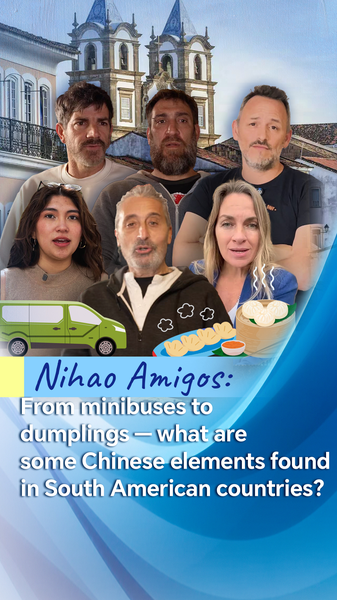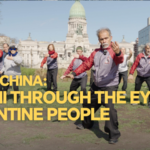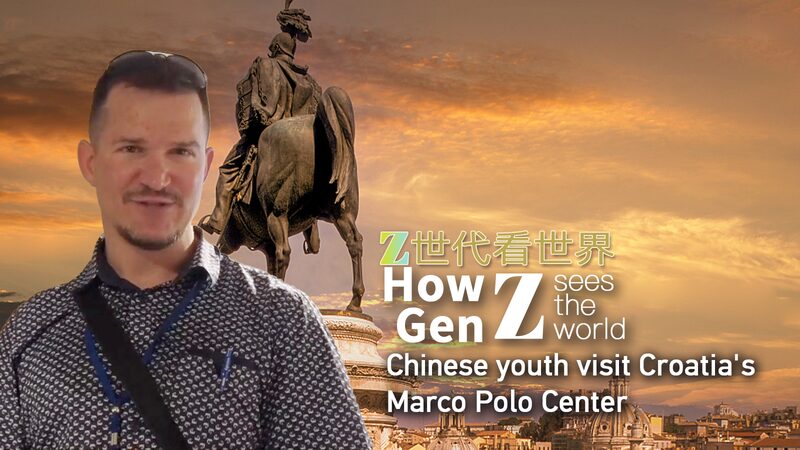From the bustling streets of Santiago to the vibrant markets of Buenos Aires, Chinese cultural and economic footprints are reshaping daily life across South America. Local residents now navigate cities in Chinese-made minibuses while savoring baozi (steamed buns) and dumplings at neighborhood eateries – a testament to deepening cross-continental ties.
"These vehicles dominate our public transport now – they're affordable and durable," says Marco Torres, a Santiago-based driver, referencing Chinese automaker BYD's growing presence in Chile. Meanwhile, in Peru's Lima Chinatown, third-generation restaurateur Luisa Huáng notes: "Young locals line up for our chili oil wontons. It's no longer just for diaspora communities."
This cultural exchange carries economic significance. Chinese automotive exports to South America grew 27% year-on-year in 2023, while regional demand for Asian ingredients has spurred new trade partnerships. Analysts suggest these trends reflect both China's global soft power strategy and South America's pragmatic embrace of cost-effective solutions.
For the Asian diaspora, these developments create tangible connections. "Seeing our childhood foods becoming mainstream here feels like bridging two worlds," shares Brazilian-Chinese entrepreneur Carlos Wen, whose São Paulo food truck business has doubled since 2021.
Reference(s):
Chinese elements in South America, from minibuses to dumplings
cgtn.com








